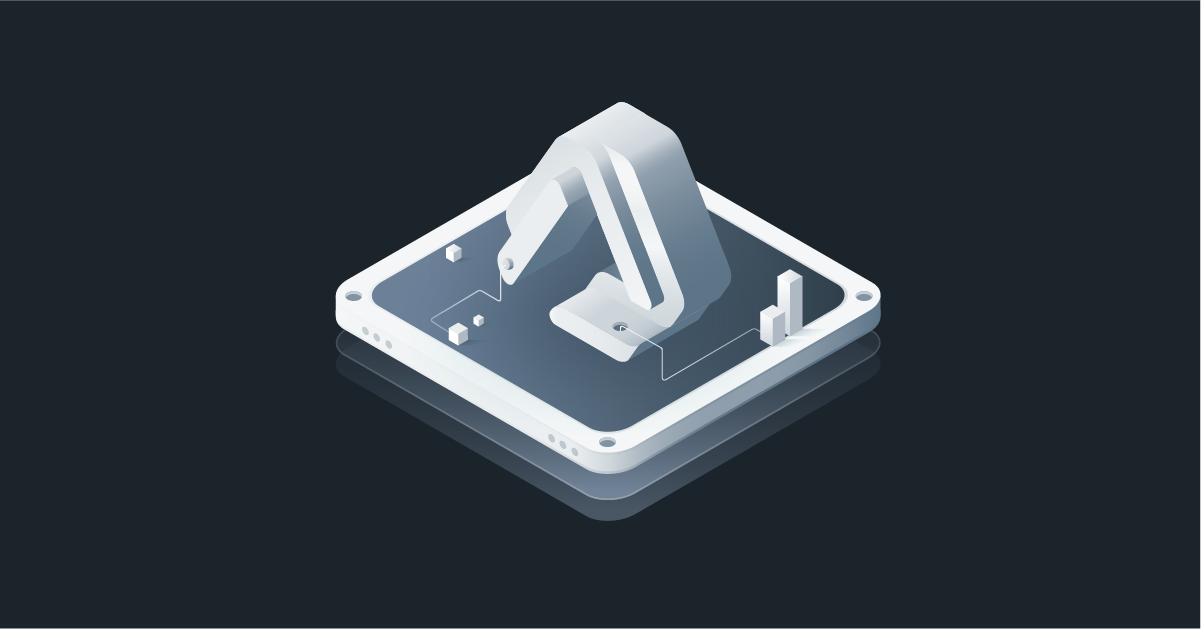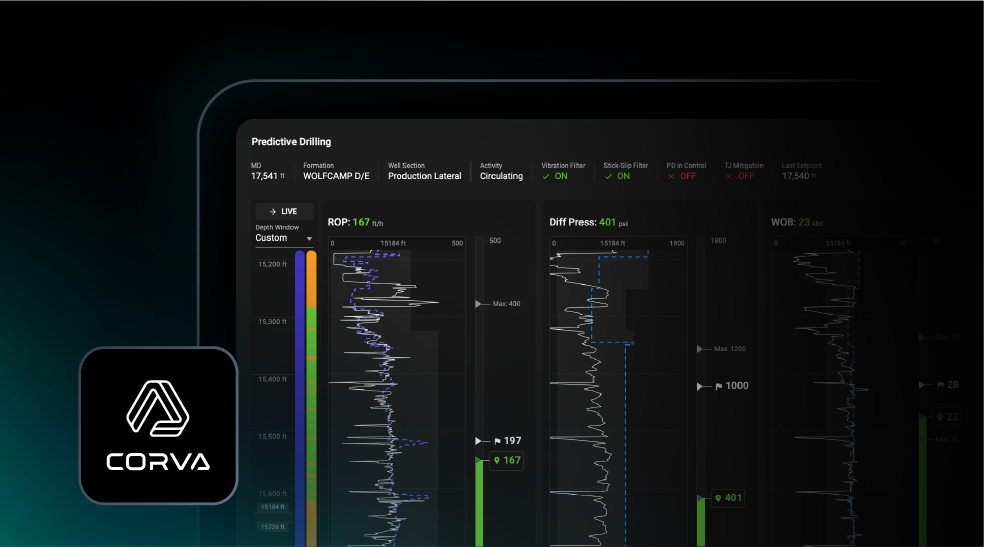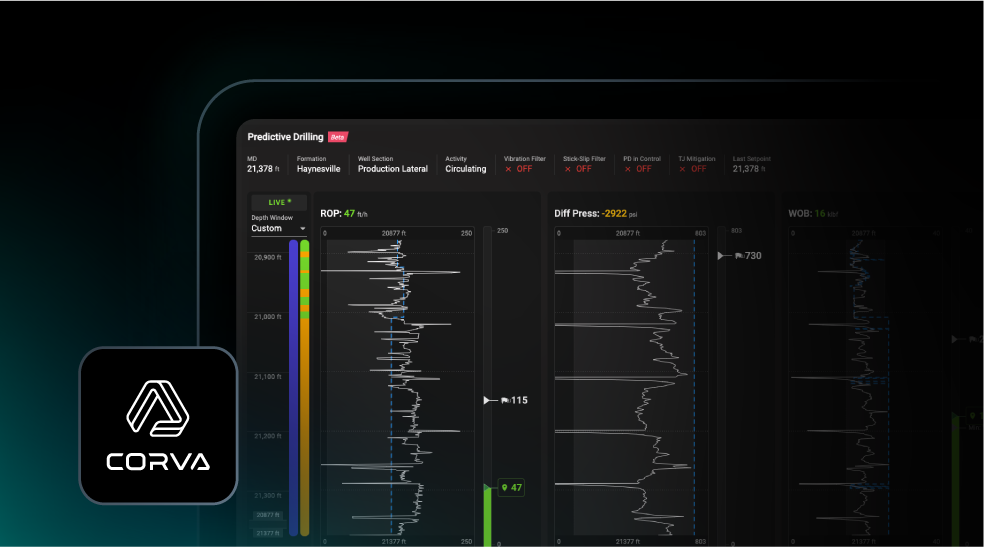How slick does your slick water frac really need to be? When it comes to maximizing hydraulic fracturing performance it seems the industry is willing to throw money at the problem. It’s better to over-use expensive chemical additives than under-use. But the costs add up for friction reducer (FR), crosslinked gel, and other fracturing fluids. With Corva, however, you can dial in just the right amount every time and book the savings.
Corva’s Well Comparison App
When we launched our suite of apps for completions, the Well Comparison app was core to our vision for optimizing frac treatment at every stage. The app displays chemical usage by stage for a well or group of wells. Users start by adding offsets either by selecting them by name, specifying a radius around the target well, or selecting them from a map. Chemicals can then be selected and their pressure responses plotted for quick comparison.
The well comparison app provides two levels of insight that guide stage-to-stage chemical volume selection. First, users can easily mine offset wells to see what worked best through the same formations. Second, the app provides up-to-date pressure response data for the last stage of the target well, enabling completion staff to continuously adjust chemical treatment to balance friction pressure and cost. The well comparison app is also valuable as a tool for monitoring chemical usage across your fleet or even just to double check the night crew isn’t pumping too much.
Putting a Value on Chemical Optimization
Let’s consider a fairly typical hybrid frac job where we pump linear gel for the first quarter of the lateral and then switch to FR. Assume 2,000 pounds of crosslinked powder at $10 and a 50-stage completion where we pump 50 gallons of FR per stage on average at $11. That’s $20,000 for the linear gel and $27,500 for the FR. By using Corva’s Well Comparison app, however, we could have matched chemical volume to the exact pressure friction of each stage, which would avoid over-usage. Even at a modest estimate of 20% to 30% savings, chemical optimization can dramatically reduce material costs when we look at a multi-well pad and fleetwide optimization.



